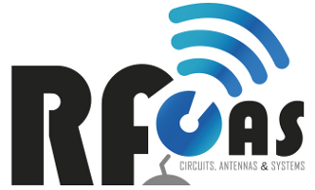| Resumen | The multiple aperture irises present some interest for the design of low cost bandpass filters with some improved stopband attenuation. Approximate estimation of the rejection resonance position based on circuit theory modelling, joint to a circuital interpretation was proposed by (N G Paterson, Electron Lett, 592-594, 1976). An accurate electromagnetic estimation of such rejection resonance was presented at (R. Yang, IEEE Trans. MTT, 1369-1373, 1993). An interpretation of the nature of this resonance for two-aperture in terms of a pair of natural oscillations in the open-waveguide type structure was presented at (A A Kirilenko, IEEE Trans. MTT, 1419-1421, 2000). Application for a new type of bandstop filter with three-aperture irises was presented at (L. Mospan, VIII Int. Conf. MMET, 503-505, 2000). In this paper, we present and alternative interpretation of resonance of two-apertures iris in terms of the excitation of the TEM mode of the structure. The mentioned TEM mode considers the strip between the two irises as one conductor and the wide walls of rectangular waveguide as the second conductor of the transmission line. This transmission line is short-circuited at both ends and its total length is approximately the wide of the iris. An accurate fullwave electromagnetic simulation joint to a visualisation of the electric and magnetic field vectors in the structure are employed to discuss and validate this interpretation. We consider that this alternative interpretation is very simple and useful from the designer point of view, specially to prevent spurious resonance in a variety of devices that use the mentioned multi-aperture iris structure. Quantitative results of resonance frequency positions and field plots at these frequency points for different structures will be presented. |


